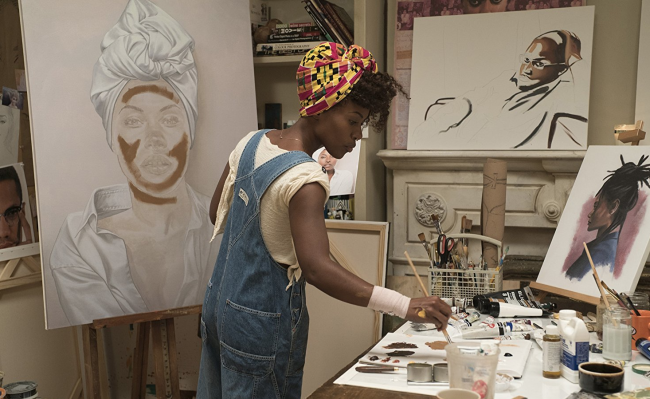The Alienist recreates late 1800s New York (in Budapest)

The streets of New York — sort of
TNT
The screen version of Caleb Carr's best-selling novel The Alienist has been a long time coming. The rights were sold in 1993 before the novel was even published. It proved difficult to adapt, and the project stalled.
Now, TNT has finally made it happen, apparently with the hope of planting a flag in the very crowded must-see prestige TV landscape. The network is reportedly spending $5 million per episode on the 10-episode series, set in 1898 New York.
The investment shows, and it kind of has to, given that TV and movie viewers have seen New York at the turn of the 20th century painstakingly recreated all over the place in recent years. Showtime's The Knick, set in the city's medical community of 1900, comes to mind. Evidently the big budget for this series wouldn't have gone quite as far in the place where it's set, as the creators opted to use Budapest, Hungary as a stand-in for Manhattan.
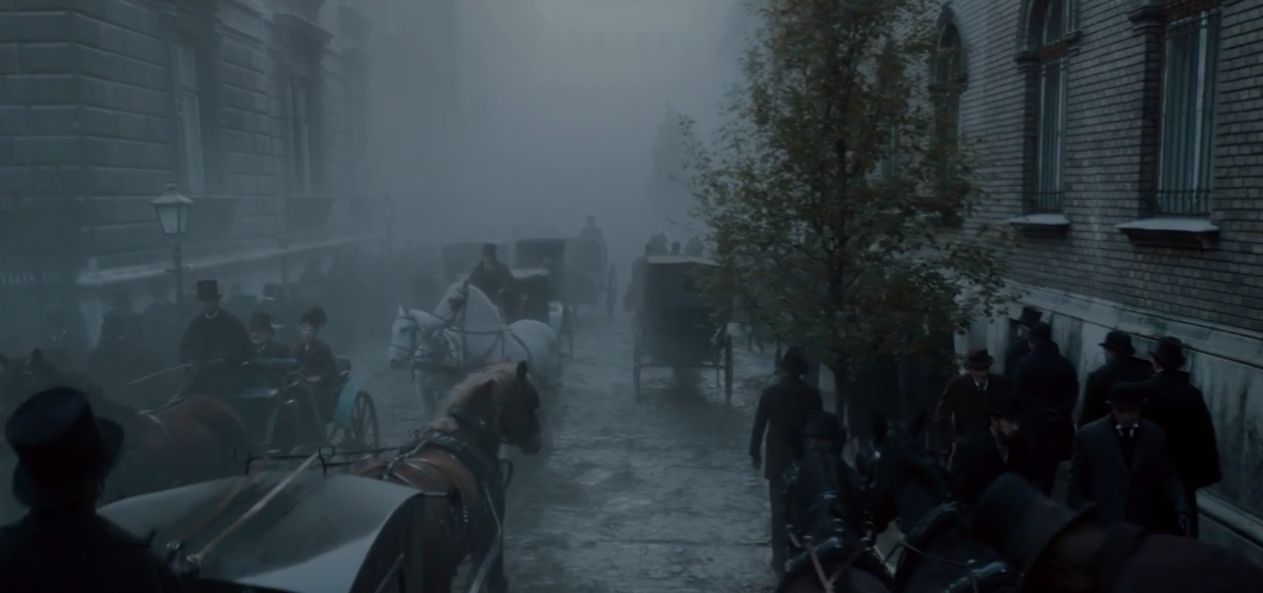
The Alienist opens on a shot of a narrow street covered in a pristine coat of newly-fallen snow. It makes for a dramatic discovery of blood dripping from above, but the image also underscores just how rare the sight is in New York, where the streets were then filthy with horse dung and soot (not that they're especially clean now). The streets of The Alienist reflect this status quo soon enough.
The blood leads to the body of a young immigrant boy (dressed as a girl and working as a prostitute), murdered and dismembered and left atop the still-under-construction Williamsburg Bridge, which would be completed in 1903.
Dr. Lazlo Kreizler is a psychiatrist—a profession then known as "alienists" because shrinks believed their patients were alienated from their true nature. He gets wind of this and dispatches John Moore, a news illustrator for The New York Times, to capture it.
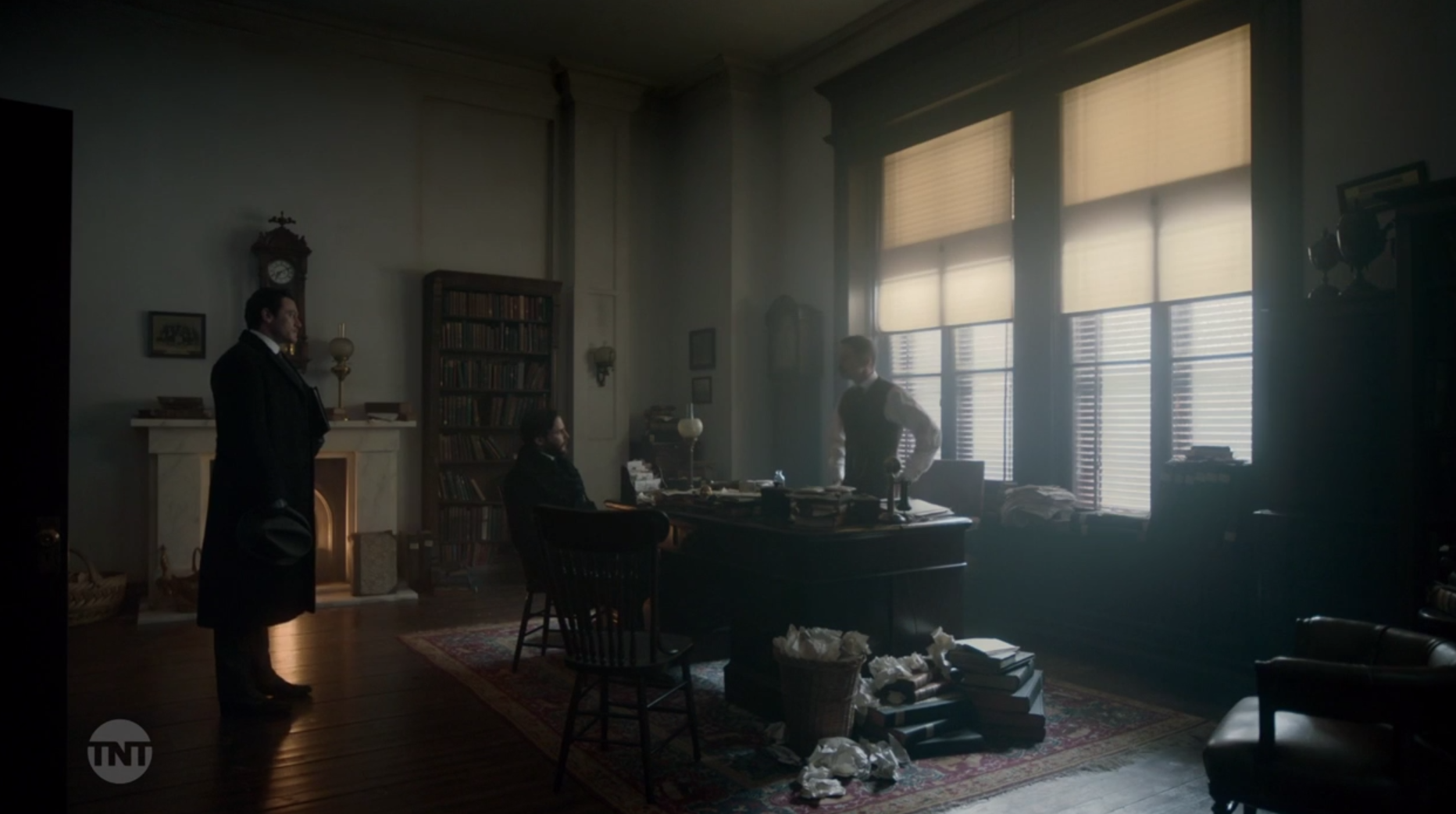
The scene, and drawing, are gruesome, and when Kreizler interviews the suspect in custody, who in addition to being roughed up by the cops, has a severe case of syphilis, the doctor's not convinced the police have their man. He expresses as much to police commissioner Teddy Roosevelt in his grand office.
It turns out the killer's M.O. is eerily similar to the way in which a previous young patient of Kreizler's was killed, and when Roosevelt rebuffs his theory, the alienist forges ahead with his own investigation with the help of Moore, and Sarah Howard, the first woman employed by the New York Police Department.
This intoxicating blend of history, mystery, and the beginnings of forensic science provide the foundation for the book and the series, and in the first episode we get to see the Gilded Age from a variety of vantage points.
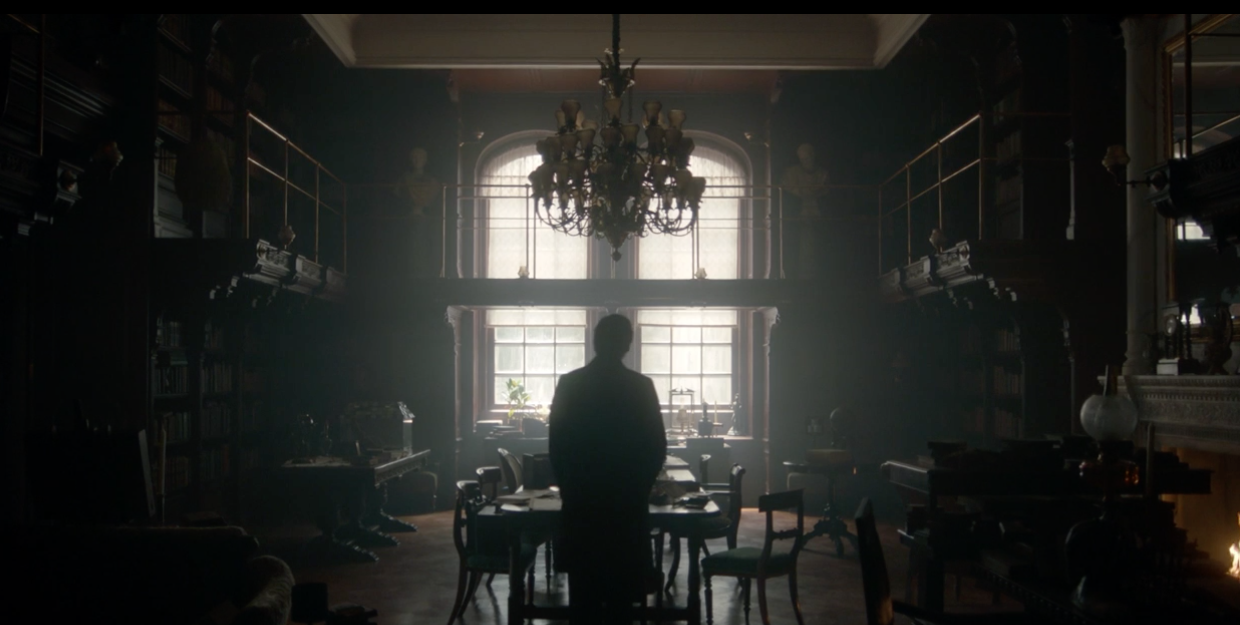
In addition to doing amateur detective work, Kreizler runs a home for troubled children. He's clearly doing quite well, as his library is impressively high-ceilinged, the facilities themselves are handsome and roomy, and his personal quarters are also very well-appointed. Towards the end of the premiere, we see him with his feet up by a roaring fire as he muses on the dark path he must follow to find the killer, by coming to see the world through his eyes, of course.
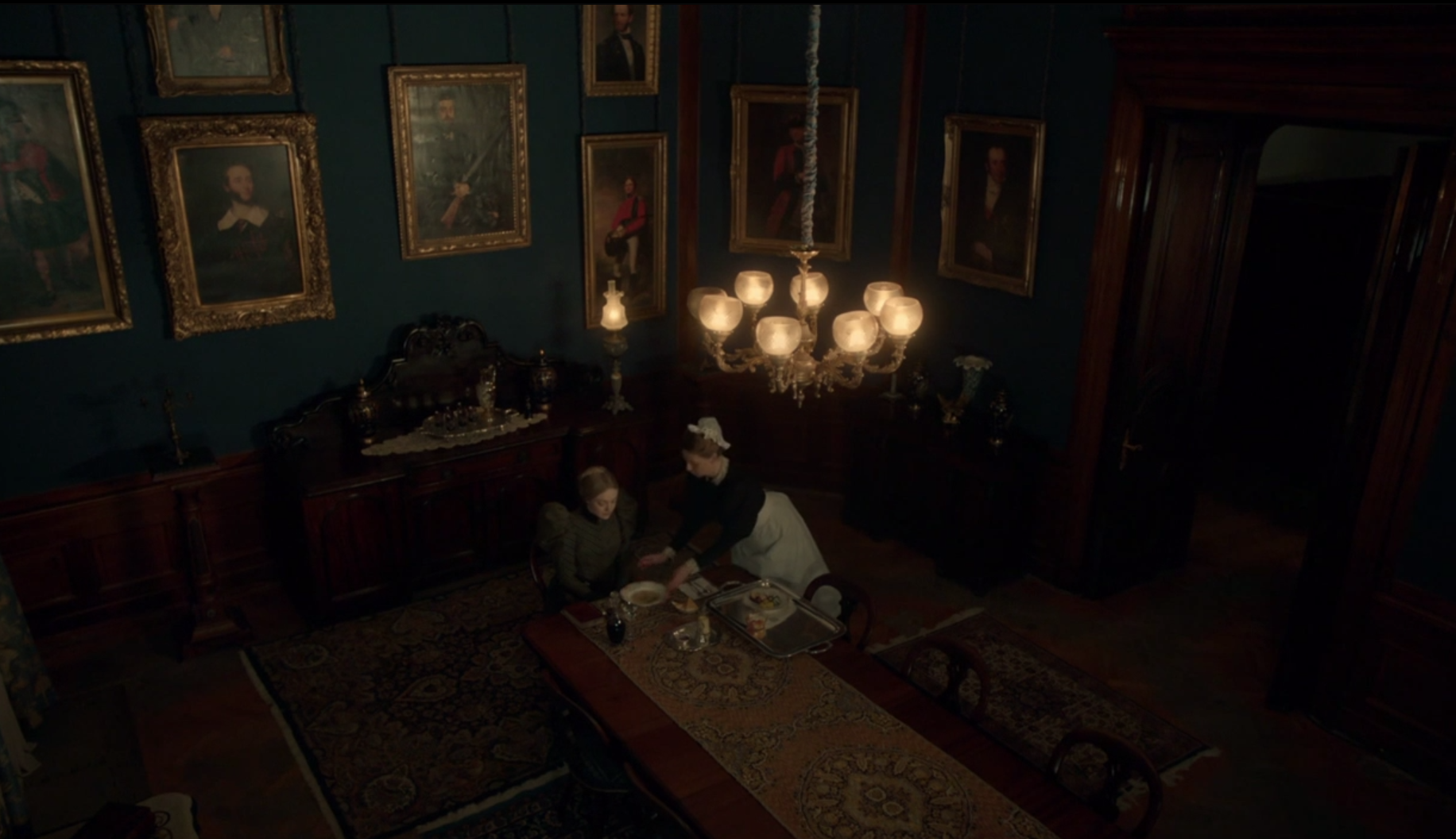
Howard is doing even better, returning to her high-end home for corset-loosening from the help, dinner served in the grand dining room beneath assorted portraits, and a solitary smoke.
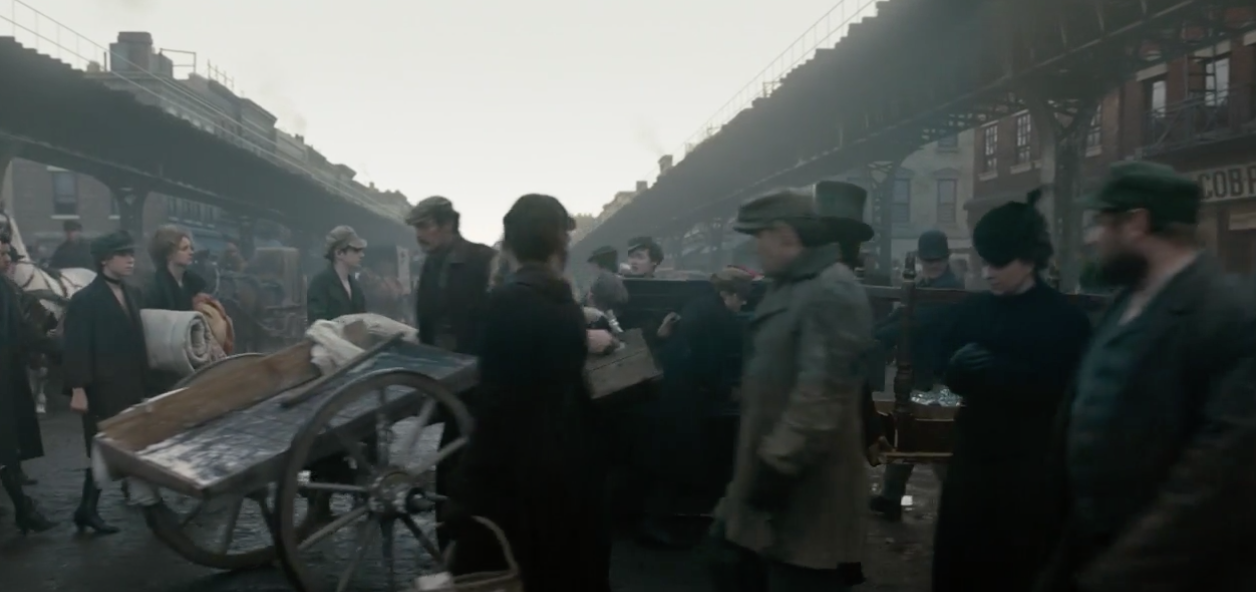
The fate of immigrants, the poor, and not-so-rich women are also depicted. Moore frequents what looks to be a high-end brothel, with baroque decor and of-age sex workers. Downtown, the "whore house," staffed by children, likely similar to the boy found on the bridge, is busted by Roosevelt ever-so-briefly, for as long as it takes to pay off the police.
The Alienist works hard to depict the New York of its time with accuracy and integrity, and the grit is not over-glamorized.
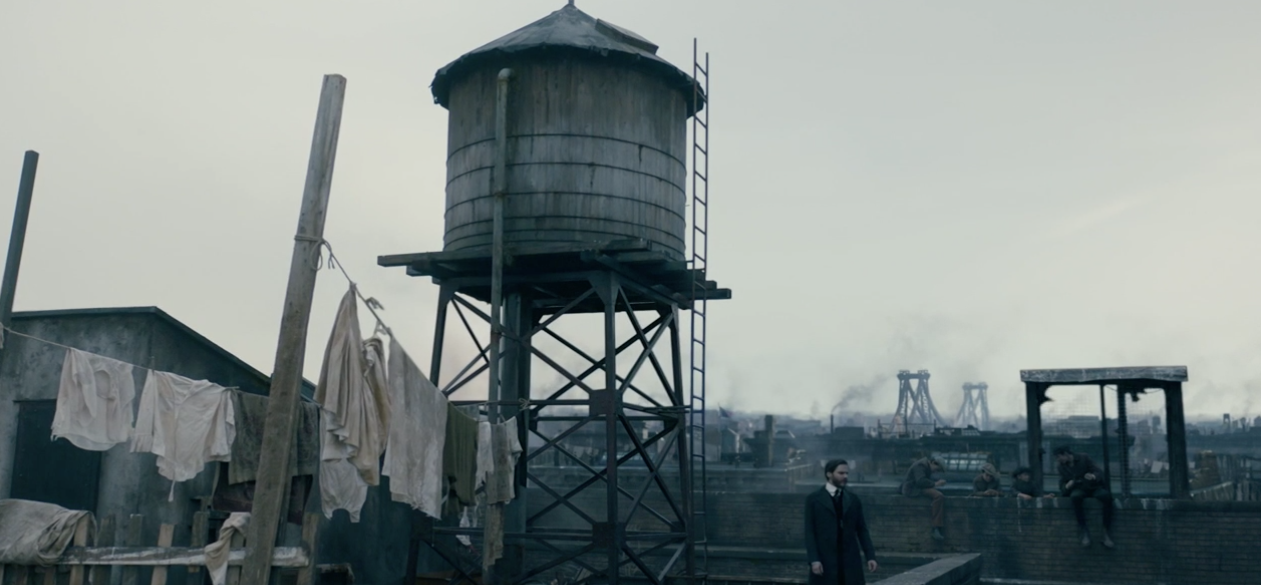
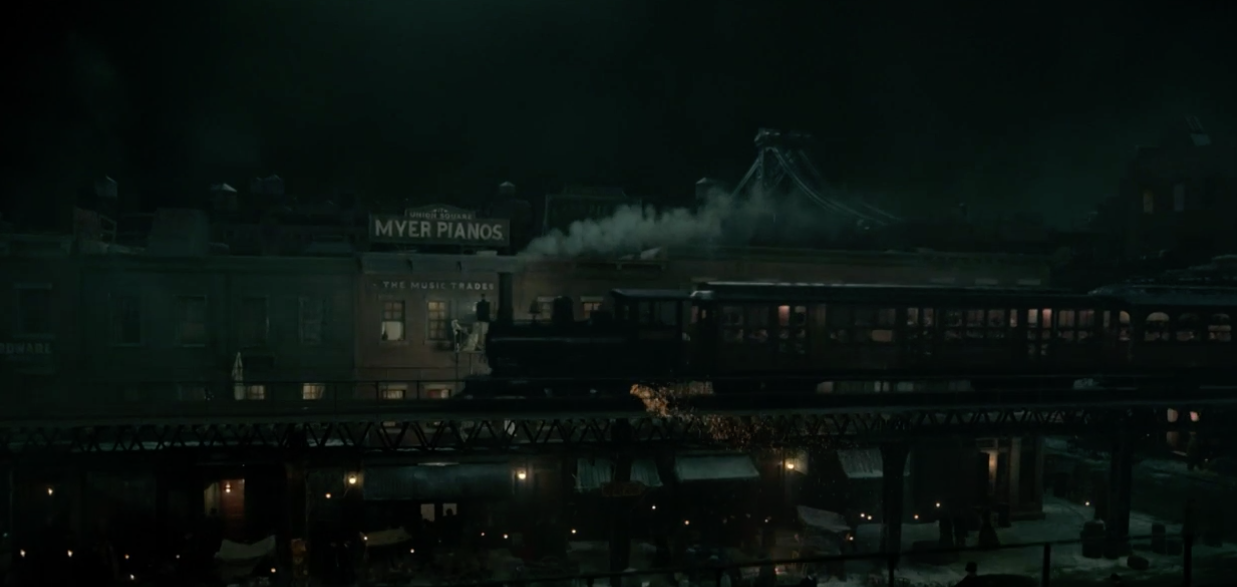
Real estate reality score (on a scale of 1-5): 4
Points for attention to detail. Demerit for over-romanticization. But even though it was shot overseas, you don't get the sense from scene to scene that, "Oh, that was shot in Budapest."
You Might Also Like


















